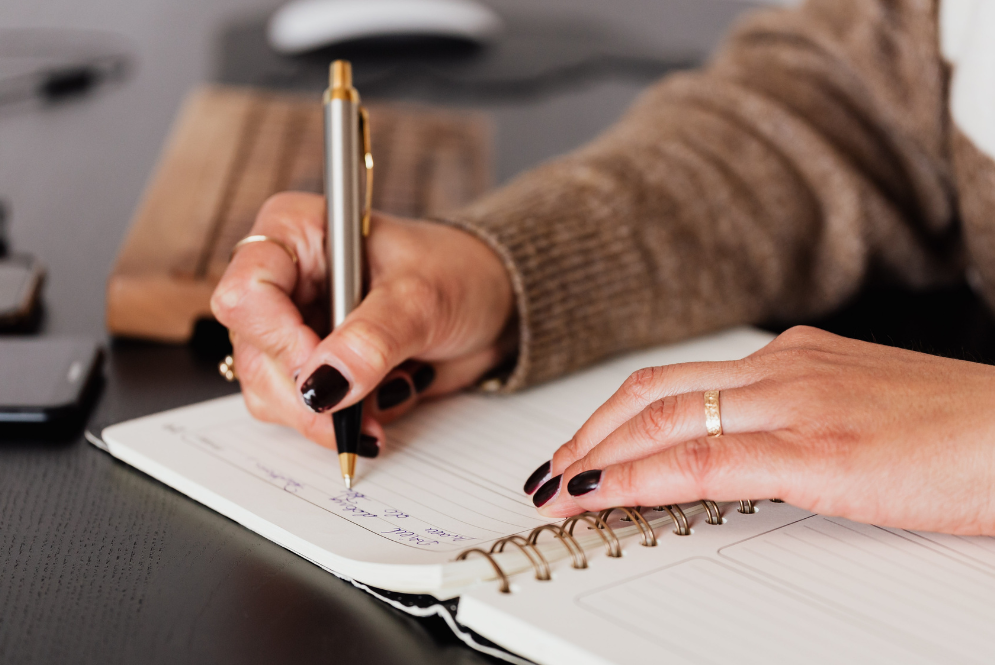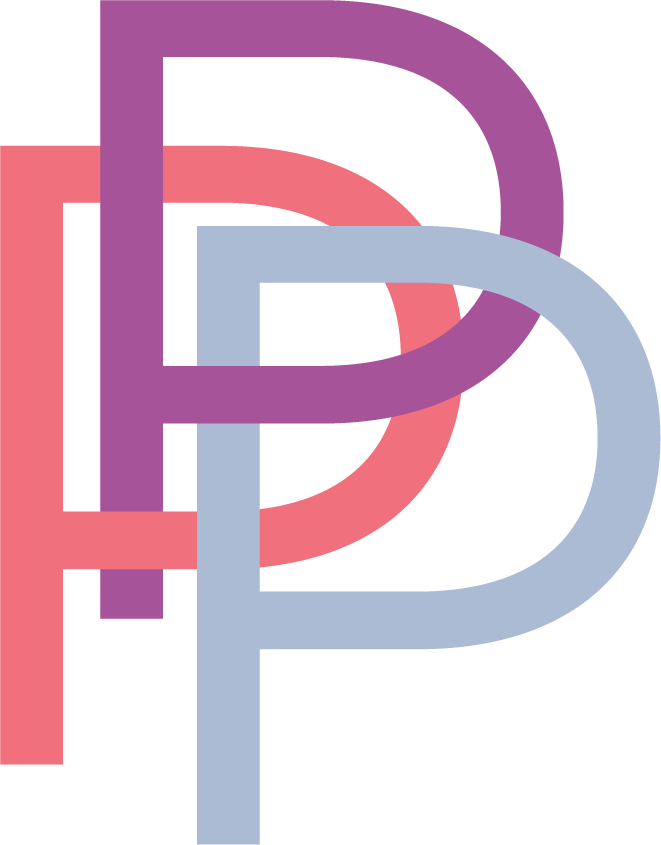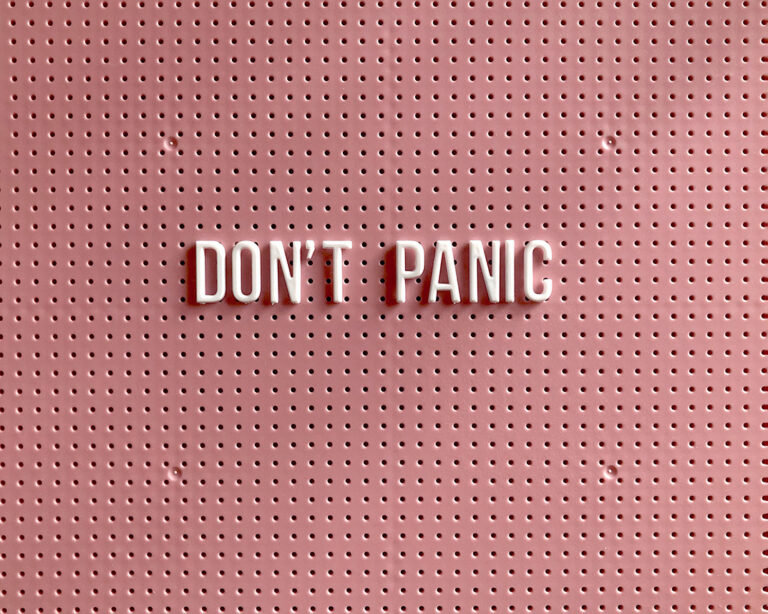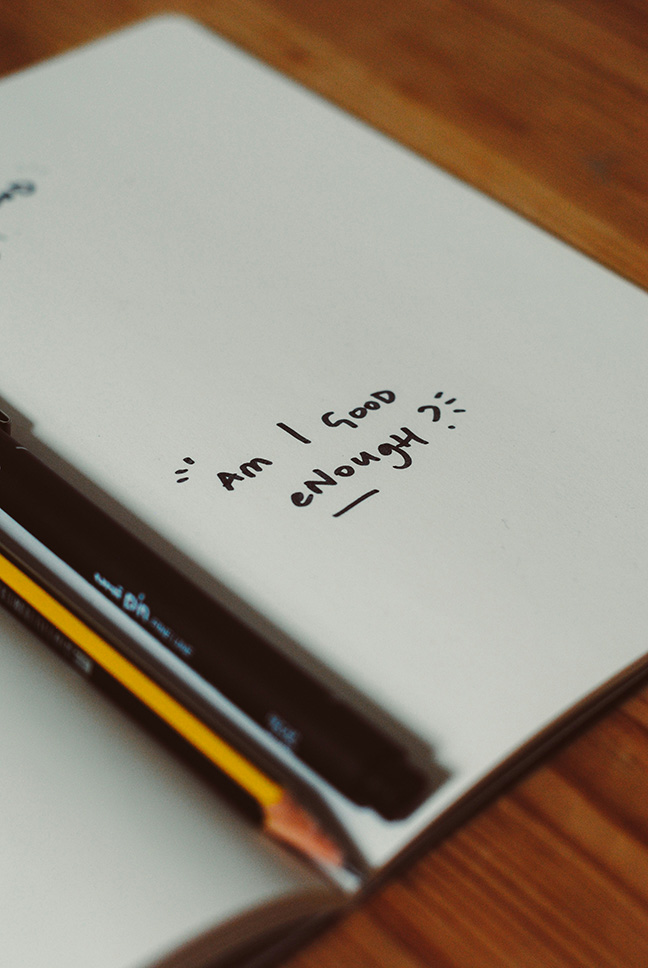SOAP Notes Private Practice: Mastering SOAP Notes – A Quick Guide

Are you curious about how to make SOAP notes in private practice? In this post, I’ll give you insight into how I use them as a valuable and essential tool to get my notes done quicker! If you are anything like me, you hate spending hours on notes each week, so I’m hooking you up with a free SOAP notes template here!
Just a reminder, SOAP stands for a structured way to craft notes, using a Subjective, Objective, Assessment Plan format. Starting my own private practice, I learned the immense value of clear and specific SOAP notes. If you’re thinking about how to start a private therapy practice, mastering SOAP notes is a foundational skill that supports your clinical and administrative success.
Why? SOAP notes serve as the foundation of your practice by documenting care for your clients, ensuring your practice’s legal compliance, and aiding in treatment planning. When I write SOAP notes, I merge clinical insight with careful record-keeping-critical parts of my practice. Today, I want to share my approach to mastering this vital aspect of any therapist’s toolkit. SOAP notes in private practice also help track mental health goals, manage symptoms, and support accurate diagnosis and treatment planning.
Decoding the SOAP Format
SOAP notes ensure all crucial aspects of a client’s session are accurately captured. Here’s a breakdown:
Subjective
In this portion, I jot down the client’s personal account of their feelings, perspectives, and concerns. This reflects a client’s subjective feelings about their own situation or points of pain they share. For example, a client sharing their anxiety about family interactions would fall in this category. Clients often report restlessness, worry, rumination, or describe feeling anxious or hopeless, which may suggest conditions like social anxiety, PTSD, or major depressive disorder (MDD).
Objective
This portion includes observable facts and my observations during the session. It includes the client’s physical presentation, behavior, and even results from standardized assessments. I note things such as speech patterns, affect, and mental status, which are helpful in identifying disorders like bipolar disorder or generalized anxiety disorder.
Assessment
I offer my professional judgment on the client’s situation, incorporating diagnostic considerations and insights from our session. This might involve identifying signs of trauma, depression, mania, or anxiety disorder, and helps inform our psychotherapy approach.
Plan
Finally, I outline the forward-looking treatment strategy. This involves therapeutic interventions, any adjustments in approach, and plans for future sessions. This may include assigning CBT or EMDRhomework, referrals to occupational therapy, or planning future telehealth sessions.
Crafting Effective SOAP Notes: My Best Practices

- Clarity and Detail: My mantra for SOAP notes is to be concise but comprehensive. I avoid overly technical language, focusing instead on clinically significant information. Whether I’m treating a perfectionist client or supporting someone through grief, clarity helps create a tailored plan.
- Upholding Confidentiality: Adhering to HIPAA guidelines is non-negotiable in my practice. I always use identifiers that maintain my clients’ privacy. Keeping HIPAA compliance in mind is especially crucial for telehealth and digital platforms.
- Timeliness: I strive to write my notes promptly post-session to ensure accuracy and completeness.
- Professionalism in Language: My notes are written in a professional, objective tone, steering clear of assumptive or judgmental language. Good SOAP notes improve counseling effectiveness by supporting accurate diagnosis and continuity of care.
A Section-by-Section Breakdown
- Subjective: I begin with direct quotes or paraphrasing of the client’s words, like, “Client expressed feeling ‘hopeless’ about personal relationships.” This section is the client’s narrative. Frequent themes include shame, worry, and anxiety, especially in clients with social anxiety or trauma histories.
- Objective: Here, I note down factual, observable data. For instance, “Client’s speech was rapid, with frequent pauses.” In writing therapy or speech therapy cases, these objective observations can be critical to treatment planning.
- Assessment: I use this section to link symptoms to diagnoses or to reflect on therapeutic progress. An example might be, “Client’s symptoms are consistent with moderate depression, showing improvement from the initial assessment.” SOAP notes are crucial for tracking mood changes, such as shifts between depression and mania in clients with bipolar disorder.
- Plan: This outlines my approach for the next session, including any homework for the client and follow-up plans. I often include plans to revisit CBT techniques, schedule future telehealth check-ins, or review SOAP notes together to promote insight and progress.
Navigating Challenges in SOAP Note Writing
Finding the balance between detail and brevity can be challenging. I always ask myself if a detail is directly relevant to the client’s care. Managing time effectively is also crucial, as writing comprehensive notes can be time-consuming. I use templates and mental health software to streamline this process. Moreover, I’m always conscious of the legal and ethical dimensions of my notes. Avoiding error in documentation is especially important when dealing with complex mental health scenarios or multiple co-occurring symptoms.
For therapists building a private practice, having the right private practice tools for therapists—like SOAP templates—makes documentation faster and more effective.

Concluding Thoughts
SOAP notes, in my experience, are more than administrative necessities. They are an important tool in the therapeutic process. And through the years, I’ve found that they do, in fact, make my note-taking less cumbersome. They provide direction, clarity, and a legal record of the care provided. By honing the skill of writing SOAP notes, I have supported and improved my clinical practice and ensured a high standard of care for my clients.
The journey to perfecting SOAP note writing is ongoing. The more I practice, the more invaluable it becomes to my professional routine, significantly enriching the therapeutic experience for my clients and me. If you’re starting a private practice or building a private practice, mastering SOAP notes will enhance both your workflow and the quality of care you offer.
Want to go further? Explore our marketing for therapists section, including online marketing for therapists, marketing ideas for therapists, and a marketing guide for therapists to support your practice growth.
Check out our top trending blog to find more therapist guides and templates that support efficient documentation, accurate diagnosis, and excellent care.
Want to learn more? Check out our top trending blog







